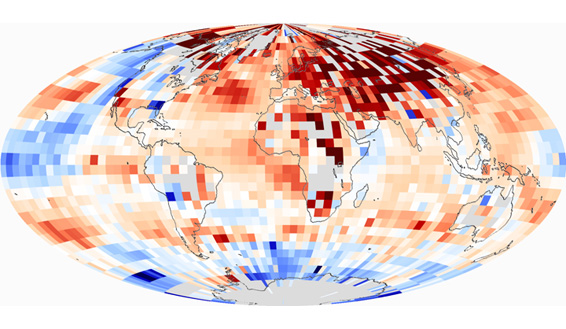
Each of the last three decades was warmer than all earlier decades in the instrumental record, and each set a new and statistically significant record, culminating in the 2000s, which was the warmest decade of all.

State of the Climate in 2009
July 28, 2010
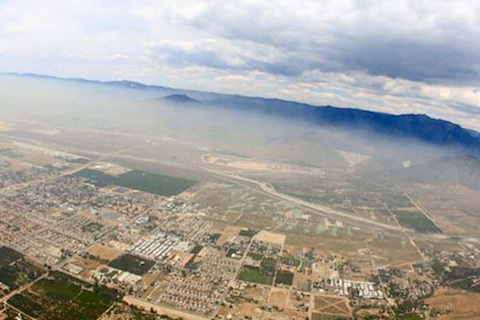
CalNex—an intense data collection campaign to characterize the complicated interactions of air quality and climate over California—used an array of instruments and platforms this spring for a close look at greenhouse gases and pollutants.
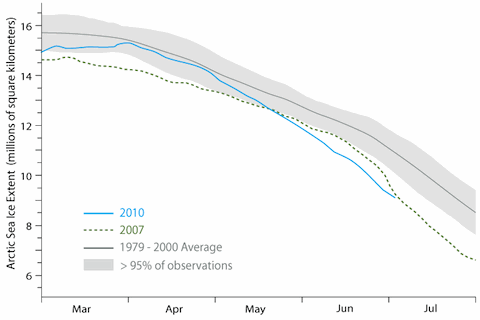
In 2007, Arctic sea ice retreated so dramatically that it broke all previous records for sea ice minimum for July through October. Is this year’s summer ice melt season on track to surpass 2007?

In 1938, an unexpected Category 3 hurricane plowed across Long Island and into Connecticut. Could history repeat itself?
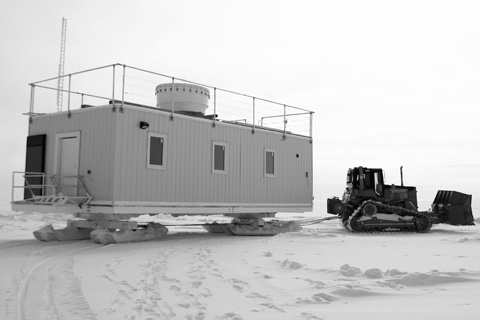
At the highest point atop the Greenland Ice Sheet, Matthew Shupe and his colleagues are installing a suite of climate and weather instruments. Their goal is to better understand the role of clouds in the rapid warming observed across the Arctic region.
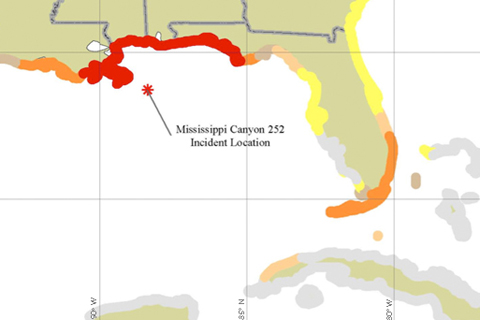
Will ocean currents carry oil and byproducts from the Deepwater Horizon wellhead beyond the Gulf of Mexico and out into the open Atlantic Ocean? Climate data and computer models help scientists predict how and where.
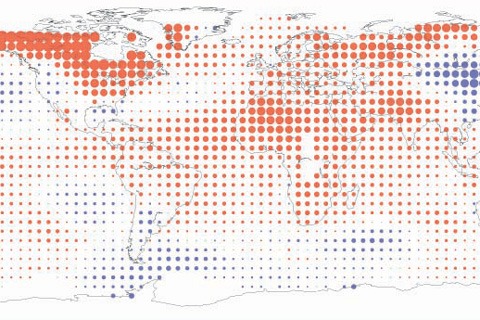
Across the globe, over land as well as sea, Earth’s average surface temperature for April 2010 made it the warmest April on record.
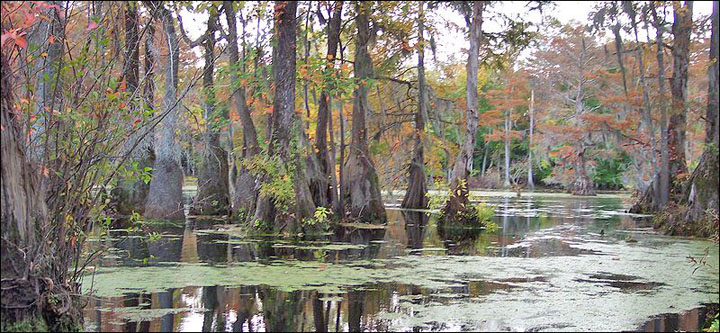
How is climate change affecting bird migration patterns? Birdwatchers across the country and around the world are contributing their time, both in the field and online, to answer that question.
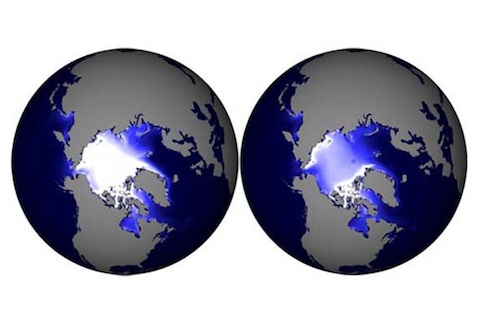
Scientists examine data from computer models to generate simulations of sea ice thickness now and three decades into the future.